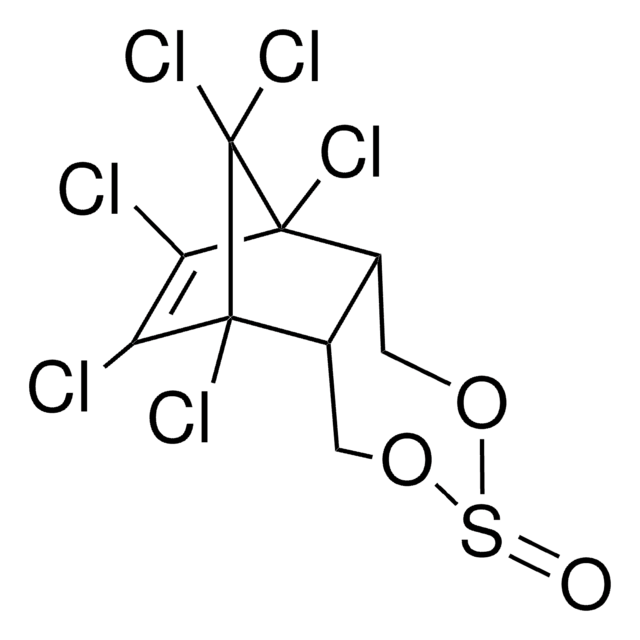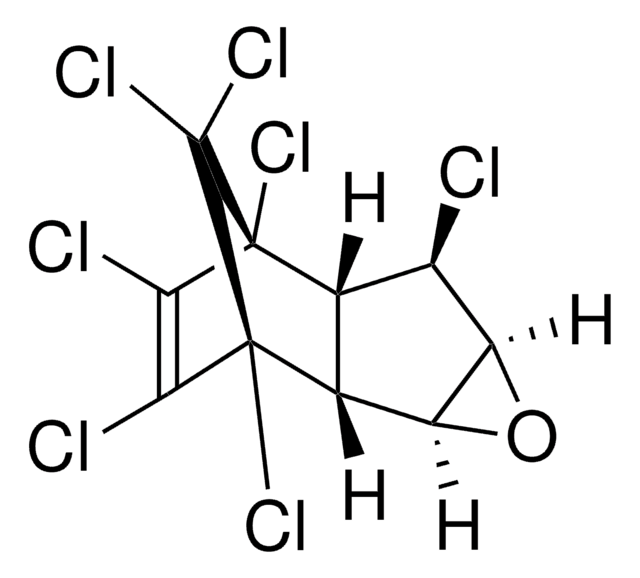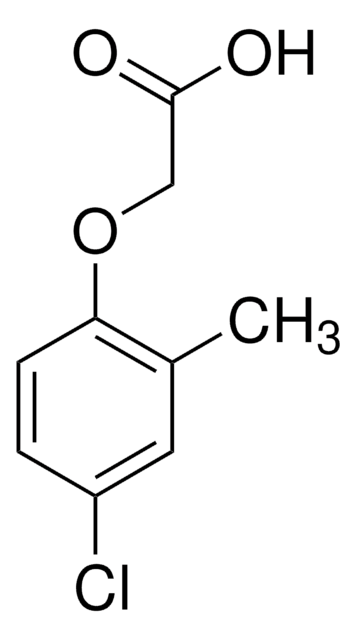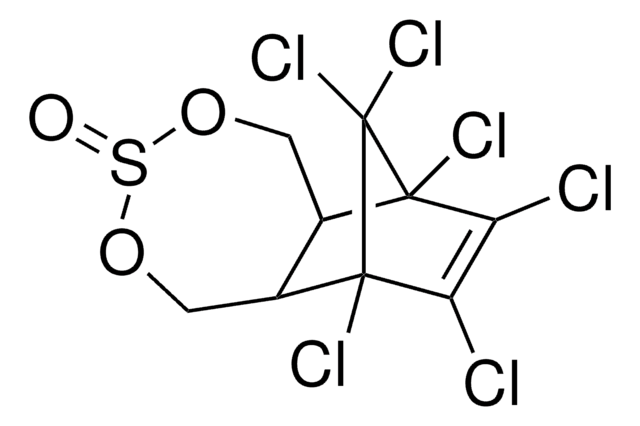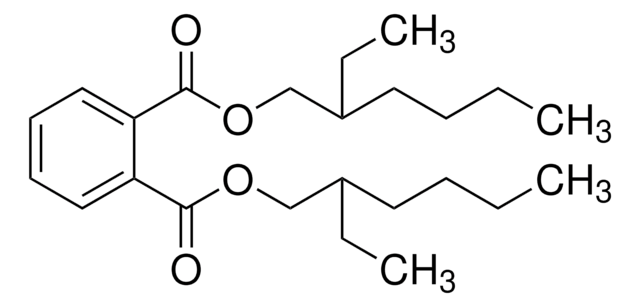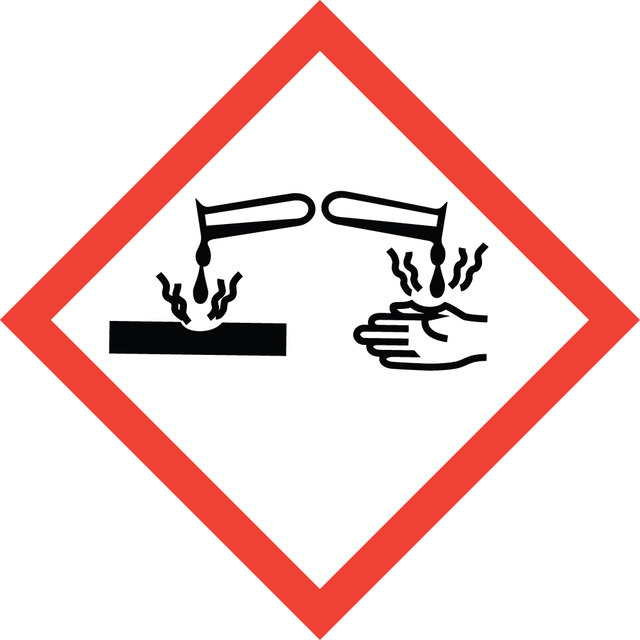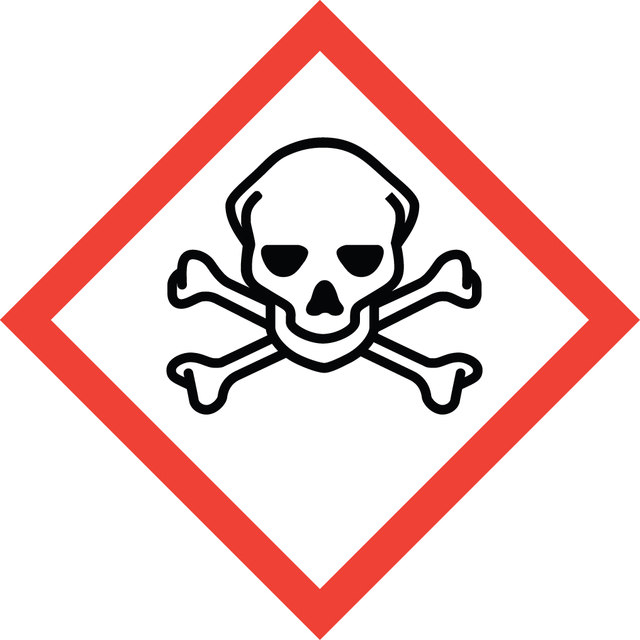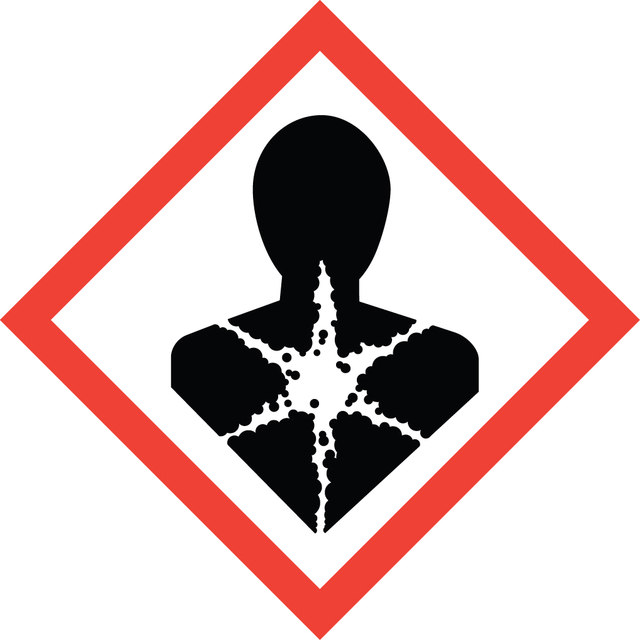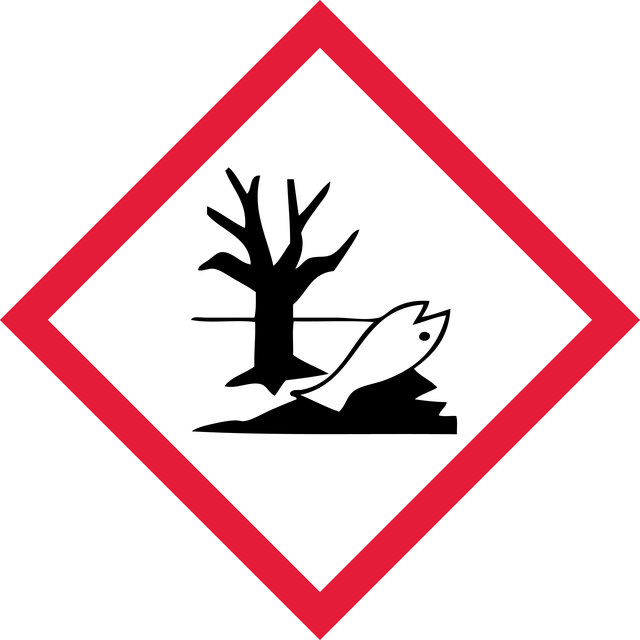1.14895
COD Cell Test
photometric, 15-300 mg/L (COD), Spectroquant®
About This Item
Produits recommandés
Gamme de produits
Spectroquant®
Niveau de qualité
Utilisation
sufficient for 25 tests
Classe(s) fonctionnelle(s) de l'analyte
chemical oxygen demand (COD)
Plage de mesure
15-300 mg/L (COD)
Technique(s)
photometry: suitable
Compatibilité
for use with Spectroquant® Move 100
for use with Spectroquant® Nova 60 A
for use with Spectroquant® Prove 100
for use with Spectroquant® Prove 300
for use with Spectroquant® Prove 600
Méthode de détection
photometric (Oxidation with chromosulfuric acid, determination as chromate)
Température de stockage
15-25°C
Description générale
The method corresponds to DIN ISO 15705 and is analogous to EPA 410.4, APHA 5220 D, and ASTM D1252-06 B.
The Chemical Oxygen Demand (COD) is a measure for the amount of oxygen consumed during the oxidation of organic matter, which gives a clear indication for the quality of a water source, it is for sure one of the most important parameters in (waste) water analysis. Our Spectroquant® COD Tests allow you to accurately quantify the COD levels in your sample.
Select the right measurement range for your application needs from our wide range of Spectroquant® COD Tests.
The Spectroquant® Cell Tests come with prefilled 16 mm round cells and all the required reagents to perform the analysis according to the instruction leaflet provided.
All Spectroquant® Cell and Reagent Test Kits are equipped with the unique Live ID (2D barcode) , which allows seamless method recognition and contains essential information such as lot number, expiry date, and automatic calibration updates.
Informations légales
Clause de non-responsabilité
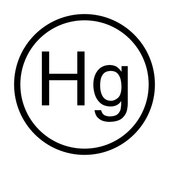
Mention d'avertissement
Danger
Mentions de danger
Conseils de prudence
Classification des risques
Acute Tox. 3 Dermal - Aquatic Acute 1 - Aquatic Chronic 1 - Eye Dam. 1 - Met. Corr. 1 - Skin Corr. 1A - STOT RE 2
Organes cibles
Kidney
Code de la classe de stockage
6.1D - Non-combustible, acute toxic Cat.3 / toxic hazardous materials or hazardous materials causing chronic effects
Classe de danger pour l'eau (WGK)
WGK 3
Point d'éclair (°F)
Not applicable
Point d'éclair (°C)
Not applicable
Certificats d'analyse (COA)
Recherchez un Certificats d'analyse (COA) en saisissant le numéro de lot du produit. Les numéros de lot figurent sur l'étiquette du produit après les mots "Lot" ou "Batch".
Déjà en possession de ce produit ?
Retrouvez la documentation relative aux produits que vous avez récemment achetés dans la Bibliothèque de documents.
Notre équipe de scientifiques dispose d'une expérience dans tous les secteurs de la recherche, notamment en sciences de la vie, science des matériaux, synthèse chimique, chromatographie, analyse et dans de nombreux autres domaines..
Contacter notre Service technique

